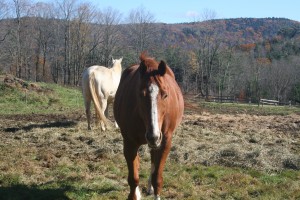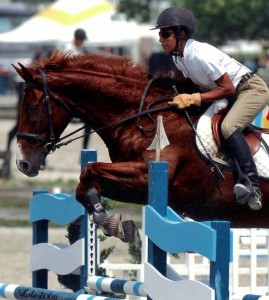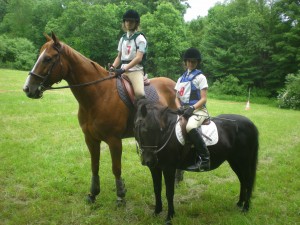A little video showing use and results of some of Carolyn Resnick's Waterhole Rituals to reconnect with my horses after being away from them for two weeks.
http://fdhorsetraining.com/
http://fdhorsetraining.com/ezine.html
http://www.carolynresnickblog.com/
I just thought I'd share with everyone this review of my FDT I Instructor videos from Horses All Magazine and Carol Upton.
"Farah DeJohnette Instructional Horse Training Videos
2009-2010, starting at $1.99 ea. to download Available at: www.fdhorsetraining.com
Reviewed by Carol M. Upton
“In the end, horses have been the greatest trainers I’ve ever had. In fact, most of the things I learned about life, I learned in the presence of a horse.”
— Farah DeJohnette
Farah DeJohnette has an approach, which she calls “integrative horsemanship,” a blend of natural horsemanship, dressage foundation training and balanced seat riding. DeJohnette’s methods encourage the horse to follow the trainer with mind and heart. She offers riding and training instruction in person and now through a new concept — downloadable, on-demand videos specific to the rider’s needs. Take these short lessons along to the barn on a phone or ipod and discover how everything you do with your horse can flow more easily.
The Yield of Forequarters video I chose to view first is an excellent one for use with all horses, but particularly in dressage and reining. DeJohnette teaches the execution of a relaxed pivot. Using basic, practical language, she discusses building competency with each exercise to progress to the desired result.
Steering Techniques to Harmonize with Your Horse provides a lesson on the use of your core and eyes to “steer from your body” and assist your horse in balanced turns. Exercises are kept simple, with clear instructions on when to use aids to augment the bodywork.
The third video I looked at was Neck Strap Exercise, more advanced for the rider who is teaching collection and preparing for bridleless riding. DeJohnette recommends having a good foundation in liberty work before proceeding to this training, which involves a series of walk-halts, so that the horse learns to follow the rider’s body.
These videos offer a unique, eco-friendly way for equestrians to choose particular topics from an extensive list that includes liberty, ground training and jumping. They are perfect tools for those who wish to extend their learning beyond lessons they are taking or who cannot readily access a trainer.
Farah DeJohnette’s talent in over 20 years of competitive horse training makes her a uniquely skilled trainer. She offers lessons,
training, virtual coaching, videos and bitless bridles at" www.fdhorsetraining.com
























